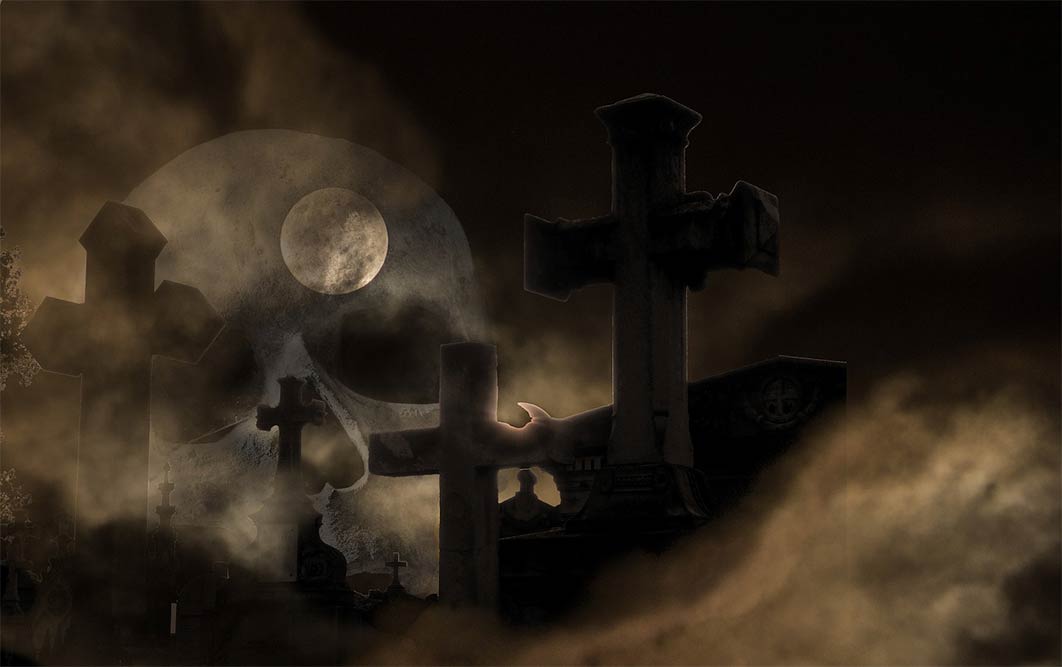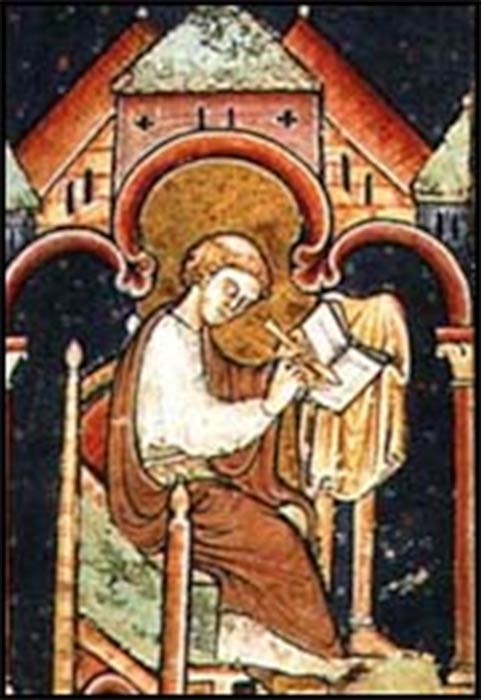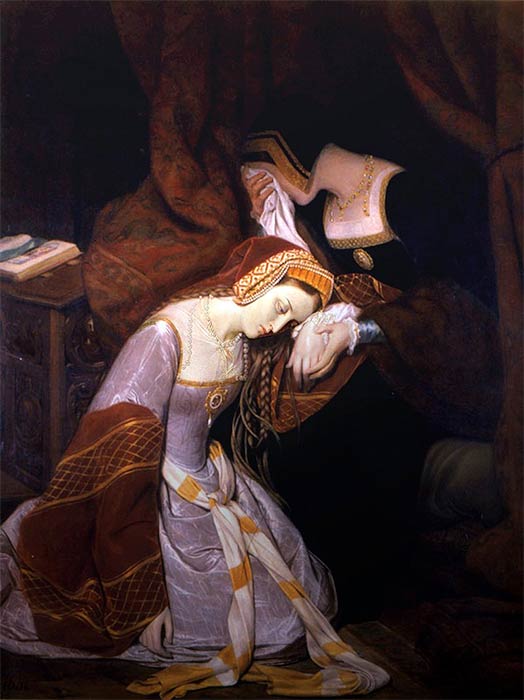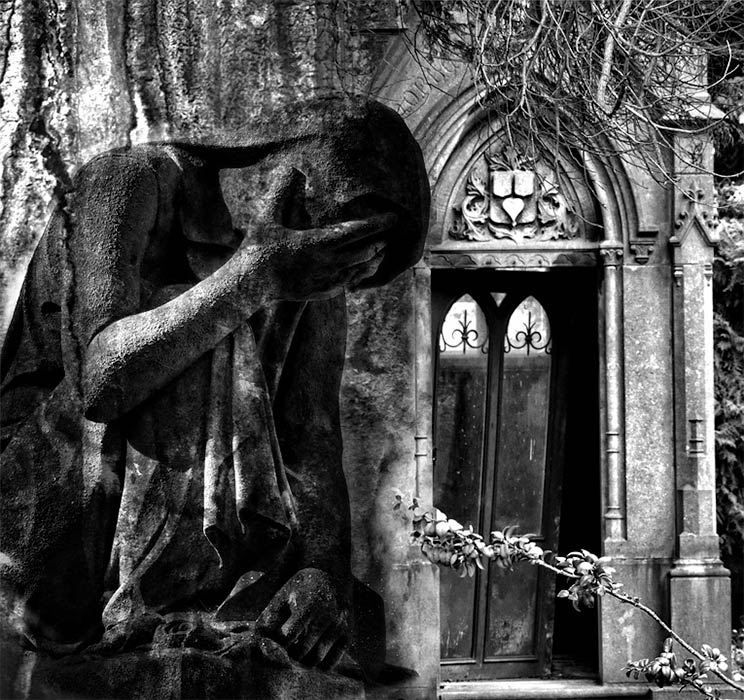
The Rising Of The Revenant: Medieval Zombies As Ostension
During the mid-to-latter years of the 12th century respected chroniclers working in cathedrals and monasteries across England began writing, in all seriousness, about corpses rising from their graves to wander through the streets of towns spreading pestilence and death in their wake. Similar accounts popped up as late as 1370 AD in continental Europe. To the modern reader, these accounts sound uncomfortably similar to the tales of zombie plagues familiar to all who read about it in novels or seeing it on television and at the movies. So, what was happening 850 years ago? Did parts of England actually have a real problem with the walking dead? Was it a form of ‘moral panic’ or mass hysteria? Or was it even what modern folklorists would call ‘ostension’ or an urban legend?

William of Newburgh (Public Domain)
William Of Newburgh
The most prolific and detailed author of these accounts was the Augustinian canon and chronicler William Parvus (1135?-1198), a man better known to history as William of Newburgh, after Newburgh Priory in North Yorkshire, where he lived and worked. He said: “It would not be easy to believe the corpses of the dead should sally (I know not by what agency) from their graves, and should wander about to the terror or destruction of the living, and again return to the tomb, which of its own accord spontaneously opened to receive them, did not frequent examples, occurring in our own times, suffice to establish this fact, to the truth of which there is abundant testimony”. He went on the say: “were I to write down all the instances of this kind which I have ascertained to have befallen in our times, the undertaking would be beyond measure laborious and troublesome,” and added, in a reference to another incident, that Bishop Hugh of Lincoln had been warned “such things often happened in England…” In other words, William of Newburgh was of the opinion these reports of the undead were not just reliable and accurate but also widespread – a plague of zombies in fact.

Anne Boleyn in the Tower by Edouard Cibot (1799–1877) (Public Domain)
A Variety Of Undead
Who or what were these undead creatures? The term used almost universally by the English chroniclers of that era was ‘revenant’ but what is a revenant? Setting the term into some context, to people living in the Middle Ages, the supernatural threats they believed they faced included, firstly, demons, imps and devils – all agents of the Christian church’s arch-enemy Satan. Secondly, there were ghosts as in the restless spirits of the dead. These were very much comparable to the popular media image of today’s ghosts: semi-transparent, incorporeal phantoms of a what the person looked like in life or at the point of death viz Anne Boleyn with her head tucked underneath her arm. Thirdly, there were the revenants. These were not merely corporeal manifestations of a dead person, they were the deceased’s rotting, walking corpse.

Grief in the Cemetery (Karen_Nadine/ Pixabay)
In the Norse countries of Europe they were known as draugr (literally ‘again walker’) while in the Slavic countries of Eastern Europe and the Balkans they were called and vampyre. The use of the word ‘vampyre’ is intriguing for although at a first glance revenants might seem to be same as modern-day zombies, accounts of their activities, not just attacking the living and biting them but also feasting on their blood, takes them into the realms of the vampire of modern fiction, from Count Dracula through to Edward Cullen in the Twilight saga or Spike and Angel in Buffy the Vampire Slayer – although without their good looks. This vampire link is further reinforced by a word William of Newburgh uses to describe them in one of his accounts: sanguisuga which translates as leech or blood-sucker.





